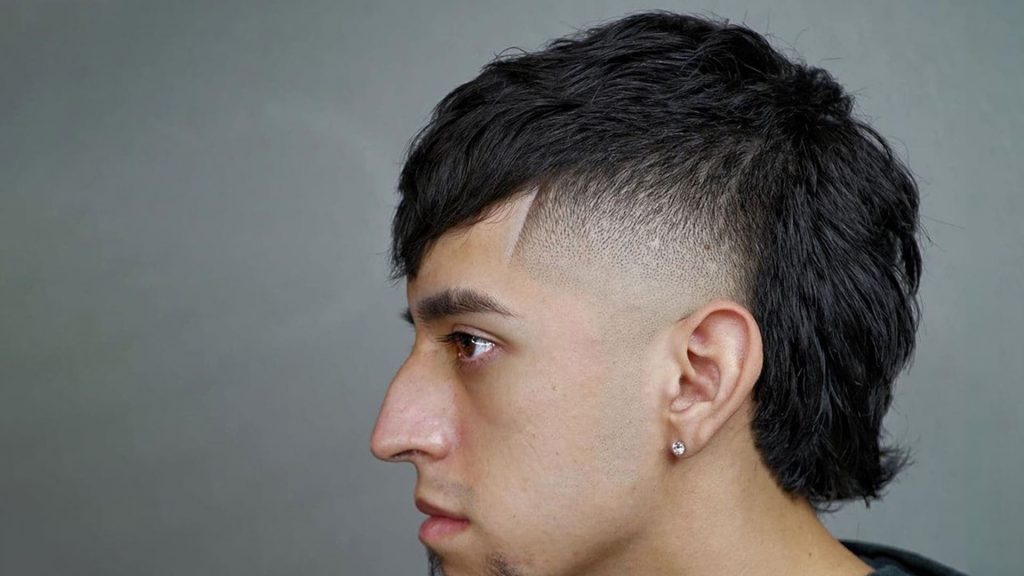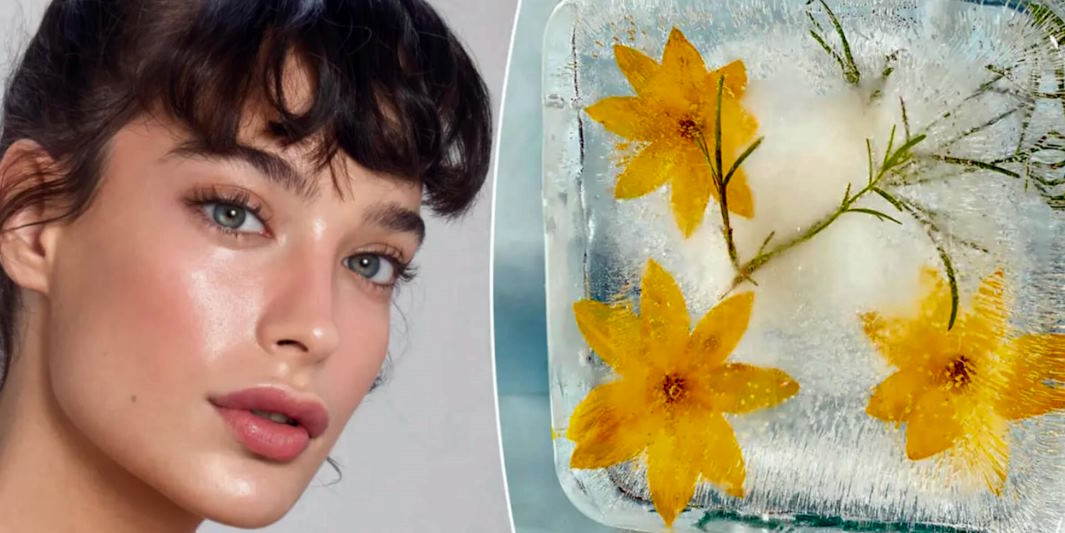Remember when the mullet was the go-to hairstyle for rockstars and rebels? Well, it’s back, and better than ever! The modern mullet has taken the classic “business in the front, party in the back” vibe and given it a fresh twist. But what’s the difference between the mullets of yesteryear and the trend you’re seeing today? Is it just nostalgia, or has this iconic look evolved into something new? Let’s dive into how the mullet has transformed from a retro hairstyle to a modern-day fashion statement.
What is a Classic Mullet?
Let’s kick things off by taking a closer look at what we mean by a classic mullet. Picture this: you’re in a smoky bar in the 1980s, and the crowd is buzzing. On stage, a rock band is blasting out hits, and the lead singer is rocking a hairstyle that’s both bold and unforgettable. That’s the classic mullet for you!
Traditionally, the classic mullet features short hair on the front and sides, while the back flows down like a waterfall of hair. It’s a striking contrast that says, “I’m serious, but I also know how to have a good time.” This hairstyle was made famous by stars like Billy Ray Cyrus and David Bowie, who wore it with pride and made it a cultural phenomenon. Back in the day, having a mullet meant you were part of a select group—those who dared to break free from conventional styles.
The mullet became synonymous with a certain carefree attitude, embodying the spirit of rebellion. It was a hairstyle that spoke volumes without saying a word. Whether you were jamming to rock music or cruising around town, the classic mullet was the ultimate statement piece.

What Defines a Modern Mullet?
Now, let’s shift gears and talk about the modern mullet. If the classic mullet was a rock concert, the modern mullet is like an indie music festival—fresh, creative, and open to new ideas. The modern mullet has evolved into a style that embraces a range of lengths, textures, and colors, making it versatile for anyone willing to give it a try.
In this new era, the modern mullet isn’t just about the stark contrast of short and long; it’s about blending those elements for a more seamless look. You might find softer layers, wispy ends, and even curtain bangs paired with the long back. This style is all about personal expression. It’s like a blank canvas where you can mix and match different styles to create something truly unique.
One of the most exciting aspects of the modern mullet is its inclusivity. No longer confined to a single demographic, the modern mullet is embraced by people of all genders and backgrounds. Celebrities like Miley Cyrus and Zendaya have worn the modern mullet, showcasing its ability to fit seamlessly into the current fashion landscape. It’s no longer just a “look” but a way for individuals to express themselves and their personalities.

Key Differences Between Classic and Modern Mullets
So, what sets the classic mullet apart from its modern counterpart? Let’s break it down!
1. Structure
First off, the structure is where we see the most significant difference. The classic mullet has a distinct, sharp contrast—short on top and long in the back, almost like a hairstyle on a seesaw, always balancing extremes. In contrast, the modern mullet blends those lengths more smoothly, creating a softer transition between the front and back. It’s less of a seesaw and more of a gentle slope, allowing for a more natural and flowing look.
2. Styling
Next up is styling. With a classic mullet, the emphasis was often on the raw, untamed vibe. People rocked it with big, bold confidence, and it was all about standing out. But the modern mullet embraces styling techniques that allow for greater customization. You might see fades, layers, or even some funky colors to jazz it up! Think of it like cooking: the classic mullet is a straightforward recipe, while the modern mullet is a gourmet dish with plenty of room for creativity and flair.
3. Cultural Perception
Last but not least, we can’t overlook how cultural perception has shifted. The classic mullet often had a niche appeal, sometimes associated with a certain stereotype. But the modern mullet has shed that baggage and is now embraced as a fashion-forward choice. It’s no longer a hairstyle for the rebellious teenager; it’s for anyone who wants to express their individuality. The modern mullet is more like a trendy jacket—everyone wants to wear it because it’s stylish and makes a statement!






